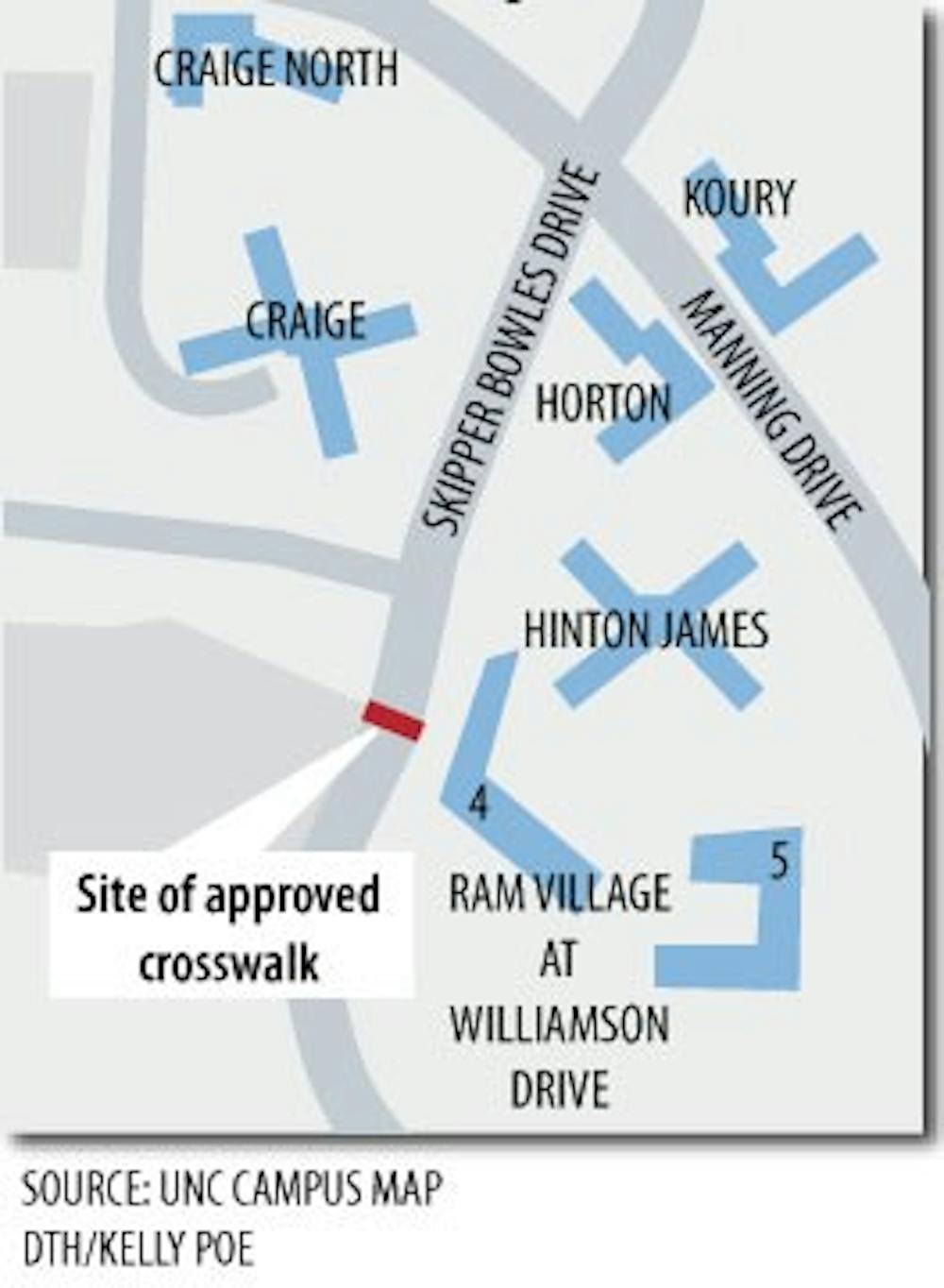The estimate for the project was $11,000, but costs swelled when bids were submitted. The facilities department will pay $5,000 and approached student government’s student safety and security committee about appropriating $6,000 for the system.
When the lowest bid for the system came in $8,000 higher than the estimate, the project was going to be put on hold.
The facilities department then approached the student safety and security committee to approve more funds to keep the project alive.
The committee approved an additional $7,800 for the project, totaling $13,800 in students fees.
Nick Sullivan, chairman of the student safety and security committee, said the early October meeting in which the additional funds were approved lasted an hour and saw considerable debate over the course of the project’s trajectory.
He said other members of the committee considered alternatives ranging from installing fewer signs to no signs at all.
Sullivan said the committee ultimately chose the current incarnation to move forward, citing concerns about pedestrian safety at the crosswalk.
The student safety and security fee is $2.27 per student.
Student Congress passed a bill in October that would impose more regulations on the committee. Zach De La Rosa, speaker of Student Congress, said the bill was unrelated to the South Campus crosswalk.
“The two things had no bearing on one another,” he said.
Mike Frederick, the neighborhood transportation manager for St. Petersburg, Fla., has studied similar systems in the past. His research found that crosswalks equipped with flashing beacons increased the rate of cars yielding to pedestrians from 2 percent of the time to 35 percent.
“Anything that attracts motorists’ attention is going to increase (yield sign) compliance,” he said.
To get the day's news and headlines in your inbox each morning, sign up for our email newsletters.
The systems featured in his study came equipped with buttons that activate their beacons, and cost about $26,000. But Frederick said the type of system UNC hopes to install usually costs $5,000 per sign installed.
He said traffic control systems can become expensive because there are few buyers and equipment must be durable enough to work in all weather conditions.
“They’re always marked up high,” he said.
Freshman Melissa Blitz said students facing trouble crossing the road had more issues with crossing carelessly instead of poor visibility. She said signs would help make crossing easier.
Coleman said the higher cost of the project doesn’t reduce the need for it on campus.
“It’s a really good project,” she said.
Contact the University Editor at university@dailytarheel.com.




